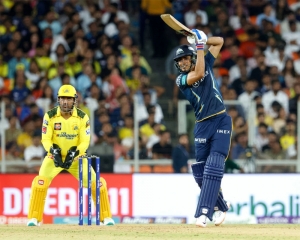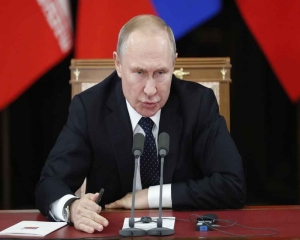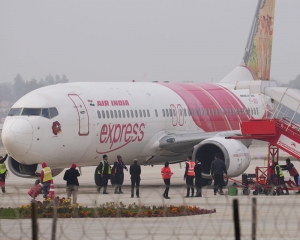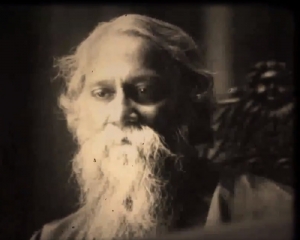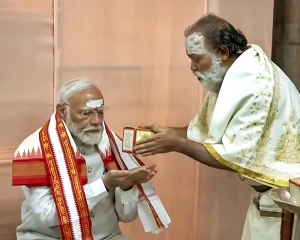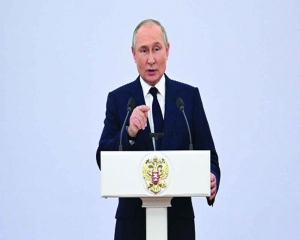Twenty-nine years since India first initiated its bid to indigenously develop an aero engine, named Kaveri, for its fighter planes, the ambitious project shows no sign of an early completion that would propel India into the elite league of a handful of nations like the US, Russia and the UK who possess the capability.
As for the cost of Kaveri, which started in 1989, it rose from Rs 382 crore to Rs 2,839 crore. Only companies like Rolls Royce and Pratt and Whitney make such aero engines.
Another indigenous version of light Combat Aircraft for the IAF that started in 2001 and was supposed to be completed by 2008 too has been given a revised deadline for 2019. It means, 18 years since it was initiated. Its cost rose from Rs 3,301 crore to Rs 7,046 crore. Similar is the case with Airborne Early Warning and Control (AEW&C) System, Air-to-Air Missile system-Astra, long Range Surface-to-Air Missile etc. to name a few.
Appearing before a Parliamentary Standing Committee report on Defence headed by BJP MP Major General BC Khanduri (AVSM) (Retd), the Ministry of Defence said that, the US sanctions imposed in 1998 also led to delay in importing certain items and developing alternate equipment of aero engine Kaveri since vendors’ identification and development to production cycle took time. The report was tabled in Parliament on Tuesday.
In the case of Naval light Combat Aircraft, the cost rose from Rs 948.90 crore in February 2003 to Rs 2,103 crore in 2018 in the 15 years. The reason for delay is unanticipated complexities faced in structural design and due to co-dependence of basic infrastructure in Air Force and Navel versions.
“Original Probable Date of Completion (PDC) was quite challenging and not pragmatic as the assessment of development required was inadequate due to lack of experience. At that point of time, this was conceived as the first indigenous aero engine development in the country. Till date, all the aero engines were either outright purchased or manufactured under license — production and did not provide the required database for estimating realistic time and cost. However, this has provided a platform for design, development & testing of an indigenous aero-engine and its variants,” the report said.
The Airborne Early Warning and Control (AEW&C) system was conceived in 2004 and it was scheduled to be completed by April 2011. Now, the new deadline is fixed September 2018.The cost of AEW&C has risen from Rs 1,800 crore to Rs 2,425 crore. The project was delayed due to finalising operational requirements and platforms, including additional requirements by IAF.
Although various reasons have been attributed for project delays by the representatives of Defence Research and Development Organisation (DRDO), the parliamentary panel has taken a serious note of this unwarranted and unsavoury phenomenon. “The extent of delay in the execution of above mentioned projects varies from project to project. These delays not only place a burden of unnecessary cost implications but also deprive the Services of critical capabilities,” the committee said.
A few years ago, the Comptroller and Auditor General of India had also expressed concern over the delay and criticised that despite being in the works since 1983, the light fighter is nowhere near indigenisation and almost 70 per cent of the aircraft’s systems still need to be imported.













